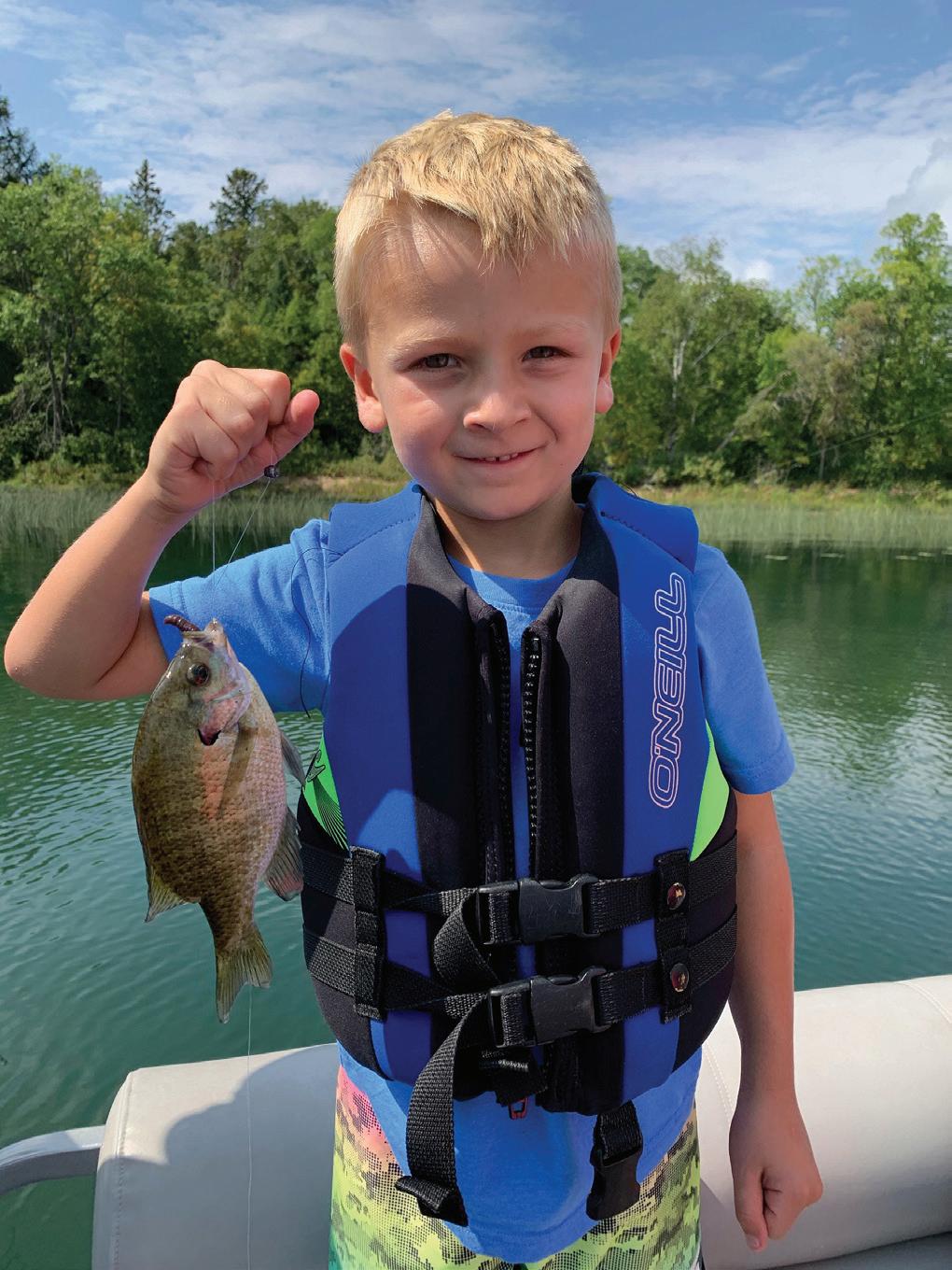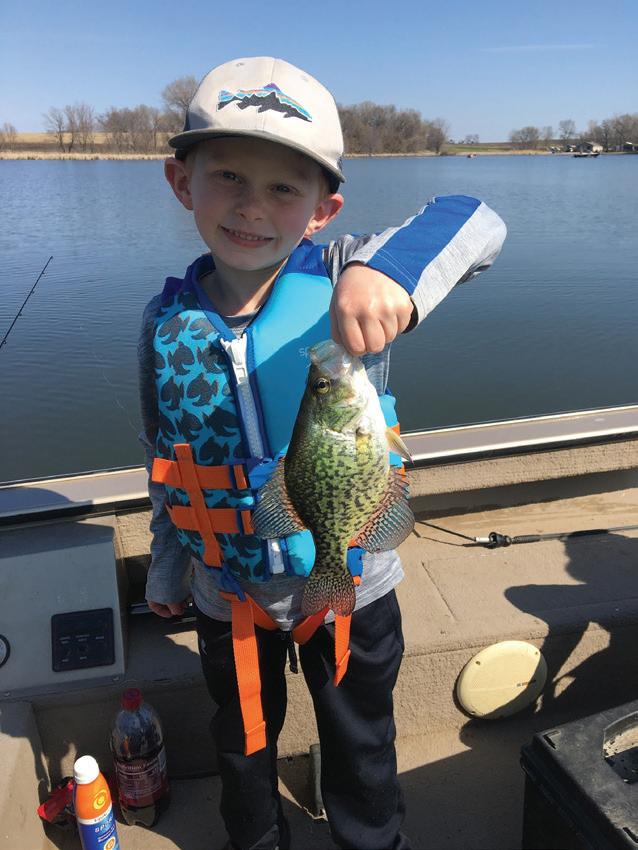
4 minute read
PEP Talk: Life jackets keep families safe
from Think Wellness
PEPTALK: Life jackets keep families safe

Advertisement
By Colin Weerts, DO, Mankato Clinic Family Medicine
Fishing opener is coming up quickly in Minnesota. Fishing brings great memories for children, parents and grandparents alike. There’s nothing cuter than seeing your kiddo reel in a fish, no matter how big or small your child or the fish!
Our children are keepers! To ensure your child’s safety on the water, make sure your child is wearing a life jacket at all times when on boats, docks and bodies of water.
In Minnesota, all children under age 10 are required to wear a U.S. Coast Guard approved life jacket at all times while in a boat. For older children and adults, Minnesota law requires an approved, properly sized, and easily accessible life jacket for each person on the boat. jacket when on the water. As a family medicine physician, I encourage life jackets for the whole family. Drowning can happen quickly and silently. The best way to prevent drowning is to make sure everyone is wearing their life jackets –Grandpa, Mom, Dad and teenagers too. Colin Weerts, DO, Mankato Clinic Family Medicine

Your children are watching you. As a parent and grandparent, you can set a good example by wearing a life jacket.
Life jackets are especially important in the spring when the water is extremely cold. A fall into cold water triggers a cold shock response. Our reflex is to gasp and inhale water which may be breathed into the lungs and result in drowning. A life jacket can keep your head above water. Then in the first five to 15 minutes in cold water, cold incapacitation can set in. The arms and legs cool down, making your muscles slow, heavy, clumsy and numb. It can be difficult to swim and pull yourself up and into the boat. A life jacket can keep you afloat and give you time to be rescued and get back in the boat safely.
Wearing a life jacket is similar to wearing a seat belt in the car. Teach your children to wear a life jacket as you’ve taught them to buckle up. Life jackets, like seat belts, save lives.

Man Up & Wear a life jacket
Men between the ages of 20 and 60 are least likely among all boaters to wear a life jacket according to data from the Minnesota Department of Natural Resources. Men not wearing life jackets are also the most likely to drown while boating. Wear a life jacket so you can stick around for many more fishing openers!
When buying a child’s life jacket, check for:
n U.S. Coast Guard approved label.
n A snug fit. Check weight and chest size on the label and try the life jacket on your child right at the store. Pick up your child by the shoulders of the life jacket; and tell them to raise their arms and relax. The child’s chin and ears won’t slip through a properly fitting jacket. Do NOT buy a jacket that is too large, hoping the child will grow into it. Children come in many sizes and shapes.
If a lifejacket style does not work well, try another one.
n Head support for younger children. A well designed life jacket will support the child’s head when the child is in the water. The head support also serves to roll the child face up.
n A strap between the legs for younger children. This helps prevent the jacket from coming off over the child’s head.
n Selecting a fit for children between 30 and 50 pounds. There are 5 types of personal flotation devices (PFD). While some children weighing between 30 and 50 pounds may like the freedom of movement that a Type III life jacket provides, only children that can swim and are comfortable in the water should use a Type III. Most children in this weight range should wear a
Type I or Type II life jacket.
n Comfort and appearance. This is especially important for teens, who are less likely to wear a life jacket.
How to select and fit a life jacket for adults
n A properly fit life jacket will be snug, but not uncomfortable-it should allow for free motion.
n When selecting a life jacket, make sure to wear your paddling clothes while trying it on.
n To fit the life jacket, tighten all straps and buckles.
n Have another person pull up on the shoulders of the life jacket.
If the shoulders move up past your nose, try tightening the straps more. If it still moves, the life jacket may be too large.
n Test out your life jacket in a pool or shallow water. It should not ride up on your body or slip while in use.
Source: Minnesota Department of Natural Resources





